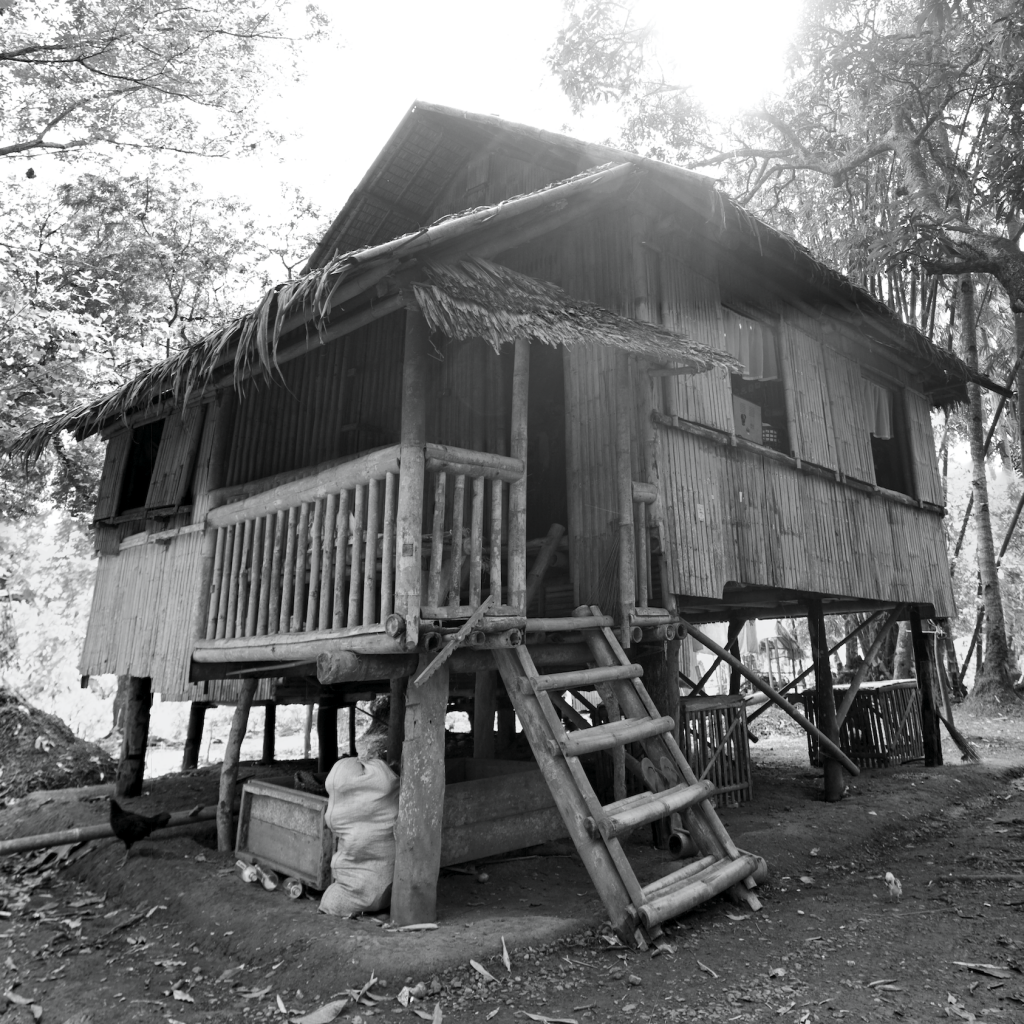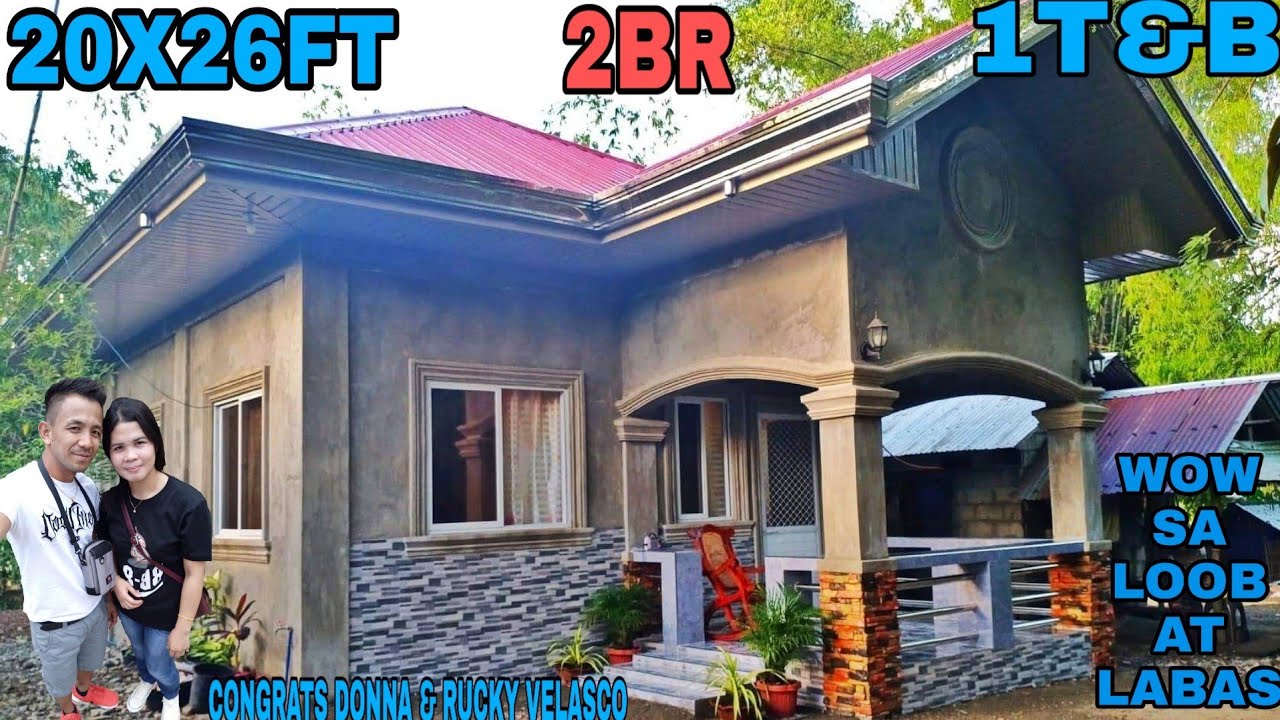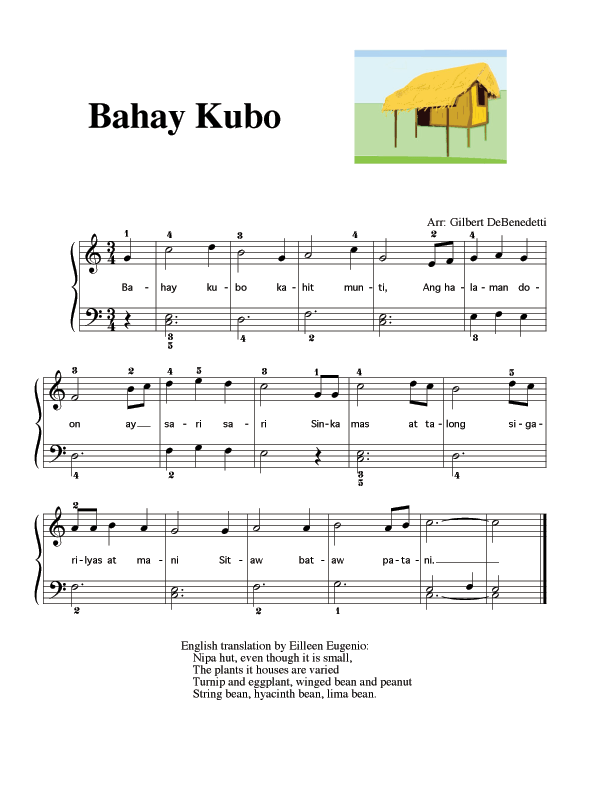
Bahay kubo pre colonial – Utilized since the pre-Hispanic Era the bahay kubo remains the house most identified with the Filipino culture. Originally built as a one-room dwelling the nipa hut changed as family needs become more diverseModern urban dwellings on the other hand are typically two-story structures with a concrete ground floor sides of brick concrete blocks or wooden slats and an iron roof.
Bahay kubo pre colonial

Bahay kubo pre colonial. The primary Filipino home varied around the country among these being the Ifugao house the Torogan Maranao and the Rakuh Ivatans. During that era the usual form of the houses is the Bahay Kubo which is composed of indigenous materials and it has open space. Its architectural principles gave way to many of Filipino traditional houses and buildings that rose after the pre-colonial era.
As early as the Pre-colonial period we have seen Walls post Flooring Joists Trusses and even ventilation. THE ETHNIC ARCHITECTURE All kinds of old architecture can be found in ethno linguistic communities is what we call Ethnic Architecture here in the Philippines. Its architectural principles gave way to many of Filipino traditional houses and buildings that rose after the pre-colonial era.
Its Spanish colonial descendant the bahay na bato house of stone was a translation of the bahay kubo into more permanent construction materials and techniques. It often serves as an icon of Philippine culture. Both have their similarities and differences that makes them part of the history of Philippine Architecture.
PRE – COLONIAL PHILIPPINES SOCIAL houses dress social class Pre-colonial houses Bahay kubo Tree house Boat house Mode of dressing GirlsWomen Baro Saya Gold accessories BoysMen Putong Kanggan Vest Bahag Social classes Nobles or Maharlika The Chiefs Families Relatives and carried the GAT or LAKAN Freemen or Timawa-Free born persons or. Bahay kubo was designed to endure the typical tropical climate of the country. Its architectural principles gave way to many of Filipino traditional houses and buildings that rose after the pre-colonial era.
Intensive planning is seen on the Bahay na Bato using Practicality and Common sense as their tools. Their way of the living was based on their daily work routine it was peaceful and simple. During the Pre Colonial period people didnt have any religion or belief because before we were free.
The most lasting legacy of Spain in terms of architecture was its colonial parish churches designed by innumerable Spanish friars. Bahay Kubo or Nipa Huts were the native houses of our indigenous countrymen and were utilized since the pre-Hispanic Era. Houses built to suit the tropical climate called bahay kubo made of wood bamboo and nipa palm.
The bahay kubo is the traditional pre-colonial Filipino dwelling from which may be derived Lean housing principles. A more modern iteration of the timeless bahay kubo. The Bahay Kubo as it is well know to be is a single space structure made of indigenous materials such.
The bahay-kubo nipa hut is a typical traditional house found in most lowlands all over the Philippines. It often serves as an icon of Philippine culture or more specifically rural cultures. Click to see full answer.
It is also known as payag or kamalig in other languages of the Philippines. The nipa hut or bahay kubo gave way to the Bahay na bato stone house and became the typical house of noble Filipinos. The Bahay na bato the colonial Filipino house followed the nipa huts arrangements such as open ventilation and elevated apartments.
THE BAHAY KUBO INTDES2 2. Pre-colonial During the pre-colonial period before Spaniards came Bahay Kubo has long been the traditional houses of. When the Spanish era came all these developed into larger scales.
This house design remains the house most identified with Filipino culture. The Nipa hut or Payag Kamalig or Bahay Kubo is a type of stilt house indigenous to the cultures of the Philippines12 It often serves as an icon of Philippine culture or more specifically rural cultures3 Its architectural principles gave way to many of Filipino traditional houses and buildings that rose after the pre-colonial era. Both highly prominent structures of their respective Pre-colonial and Spanish Colonial times.
A Southeast Asian type of domestic architecture houses built in Hill sea mountain river field plains etc. Spatial planning is much more defined and has spaces for certain functions. These old or ethnic architecture were all inspired by the environment like the climate vegetation and fauna.
In culture we know that Filipinos are known for having a strong bond within the family especially people who lives in Bahay kubo. Kubo Spanish word for cube Kobo Tagalog term for bahay kubo Kubu or balungbung. The nipa hut or bahay kubo is a type of stilt house indigenous to the cultures of the Philippines.
The Bahay Kubo and Bahay na Bato. BAHAY NA BATO. Bahay-kubo is a type of stilt house indigenous to the cultures of the Philippines.
The nipa hut or bahay kubo is a type of stilt house indigenous to the cultures of the Philippines. Its architectural principles gave way to many of Filipino traditional houses and buildings that rose after the pre-colonial era. Why bahay kubo is the national house.
The Nipa hut or Payag Kamalig or Bahay Kubo is a type of stilt house indigenous to the cultures of the Philippines. Bahay kubo 1. Pre-colonial architecture STUDY PLAY Bahay evolved from the word BALAI- which means house Bahay Kubo Nipa HutHouse.
In this area the nipa hut or bahay kubo gave way to the Bahay na bato stone house. In this regard who composed bahay kubo song. In terms of pre Spanish period Spaniards spread Christianity as a technique in luring us and making their.
A Home of the Filipinos 1. It was built on stilts and can be entered through ladders that can be drawn up some Filipinos such as the Kalingas Mandayas and Bagobos built their houses on treetops others such as the Badjaos built their houses on boats 12. It often serves as an icon of Philippine culture or more specifically rural cultures.
The information about the meaning of Bahay-kubo was retrieved from. The most obvious difference between the two houses would be the materials that was used to. Before the Philippines was found and invaded by the Spaniards at that era we already have the Pre-colonial architecture.

Pin By Gimini On Bahay Kubo Bamboo House Bahay Kubo Design Small House

Pin On Dcs Vernacular Architecture

Ifugao House Filipino Architecture Bahay Kubo Architecture


